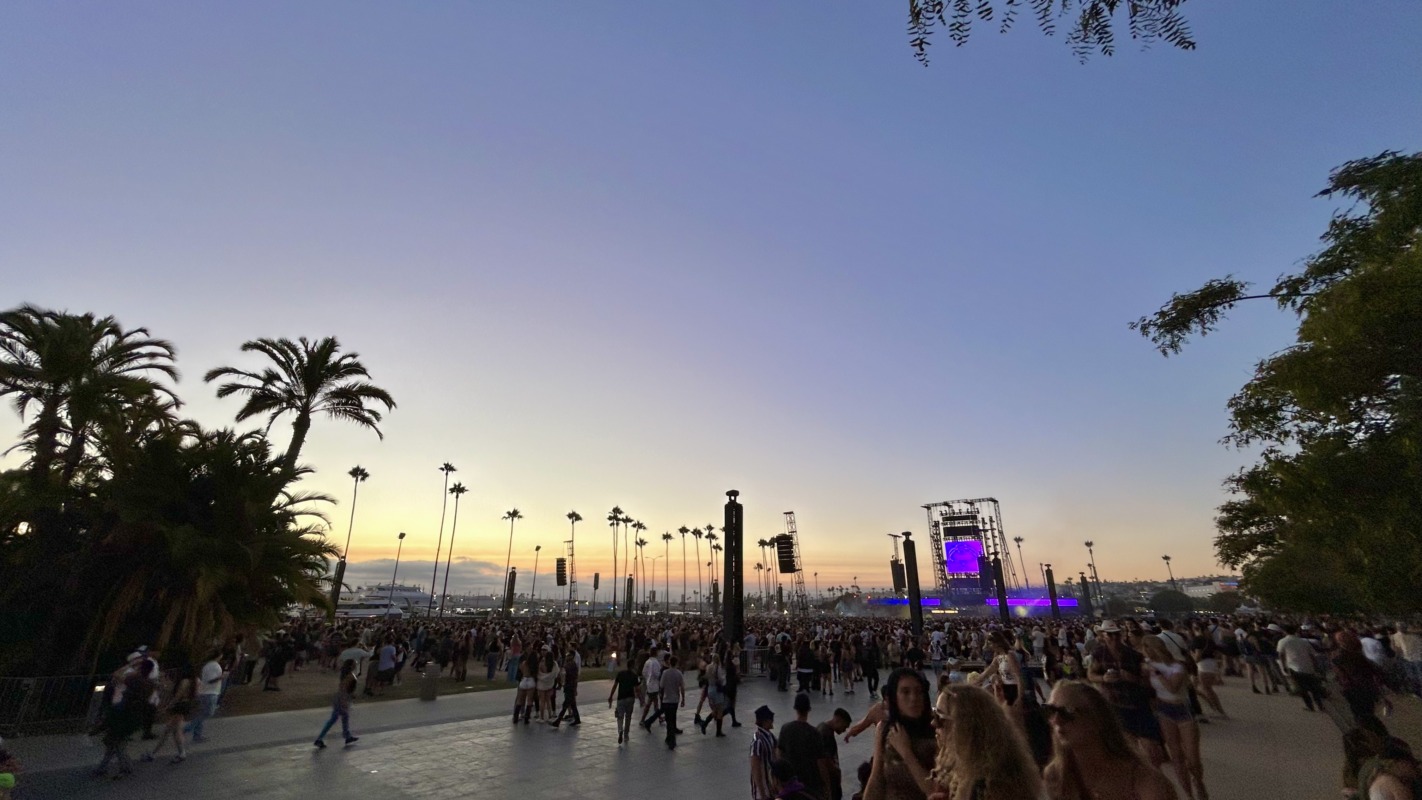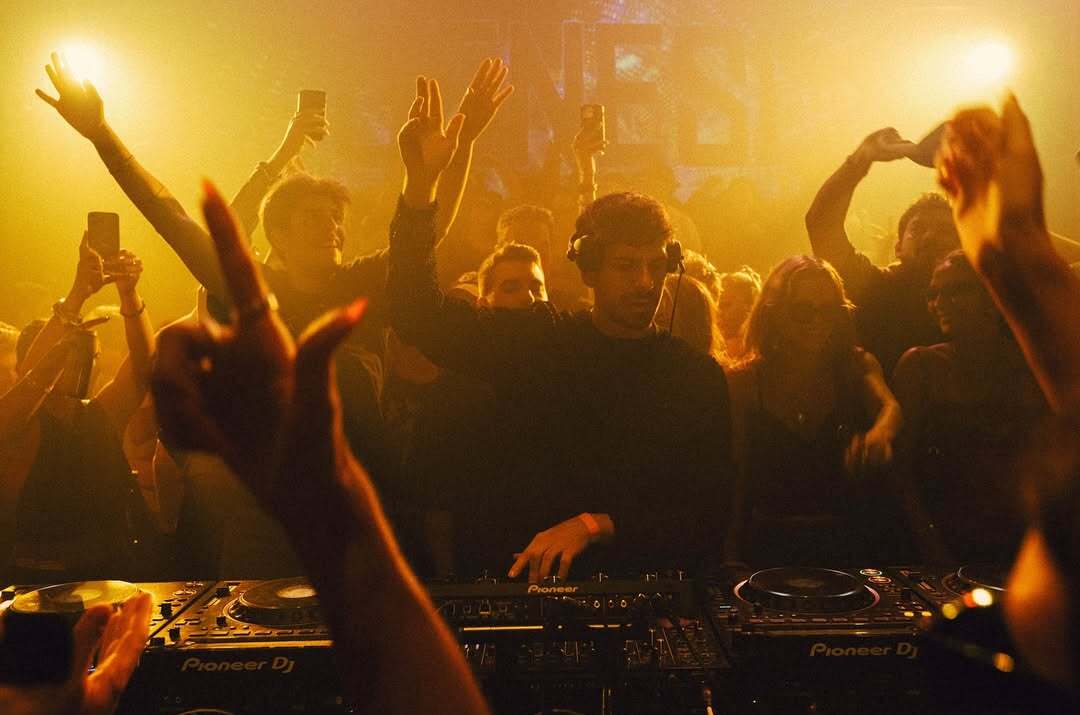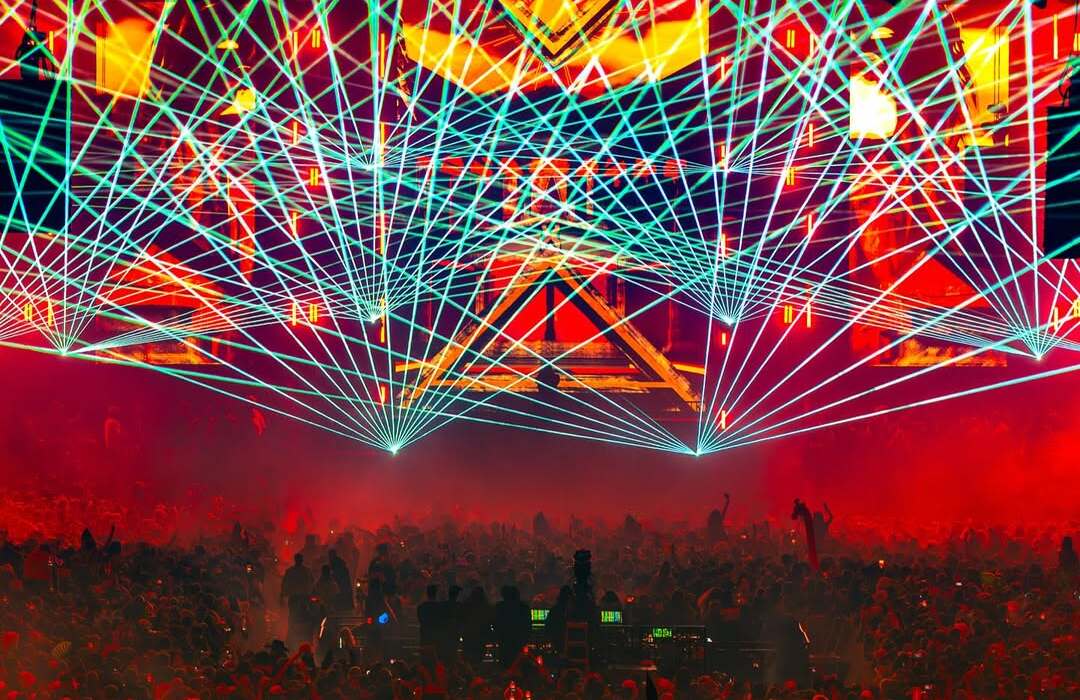After a five year hiatus, Takehiko Inoue's basketball-themed manga Real is finally getting a new volume release this November. Inoue is famous for his other basketball manga, Slam Dunk, which began running in Shonen Jump in 1990. The main difference between the two stories lies in how the story is told and their characters. Real has been praised for its realistic depiction of the lives of paraplegic characters. It's even received recognition from Japanese wheelchair basketball player Kazuyuki Kyoya. The manga is released on an annual basis, with Volume 14 published in 2014 in Japanese and 2016 in English. With the newest entry releasing soon, let's examine why some readers prefer Real over Inoue's more famous work, Slam Dunk.
While Slam Dunk is typically the type of story that comes to mind when one thinks of sports manga and anime, Real takes a more diverse and humanistic approach in its storytelling -- focusing on the lives of disabled players rather than the able-bodied athletes that are more routinely depicted in the genre. This is part of the reason why people view it as surpassing its counterpart. It also doesn't shy away from the harsh realities of those going through rehabilitation after a devastating injury.
The main plot follows three teenagers who deal with personal struggles as marginalized members of society. Nomiya Tomomi is a high school dropout grappling with personal guilt over a crash that caused a girl to lose the use of both her legs; Togawa Kiyoharu is coping with losing his own leg to osteosarcoma after being a sprinter and Takahashi Hisanobu is trying to come to terms with becoming paralyzed after being hit by a garbage truck. It's these characters that guide the reader through the story of people who find themselves belittled by society for being differently-abled -- searching not only for a place to play basketball, but to belong socially.
It isn't just the drama of the main characters that pulls readers in, either. Everyone, including minor characters, is dealing with something personal. If Slam Dunk focused on the emotion of playing the sport, Real focuses on the emotion of seeing the characters grow. The way Inoue captures the struggles of each character is unconventional, especially considering most Japanese media (and media around the world) depicts disabled characters as sickly and frail: shown to rely on others constantly to do even the most mundane of tasks. They exist only to be seen, like China dolls. Inoue, however, makes these characters not only athletically strong but also mentally strong. The drama of their lives and the lives of those around them is what has readers wanting more.
Inoue has proven that he understands what his readers are most interested in and used that knowledge to craft a story that captivates them. He has also shown a drive to represent the under-represented in a realistic and meaningful way. Most of us are drawn to drama, and he takes full advantage of that to tell a meaningful story about characters that fans have grown deeply attached to. Those fans will be no doubt be excited to read the new volume of Real this Fall and see what struggles the characters will overcome next -- on and off the court.
About The Author

